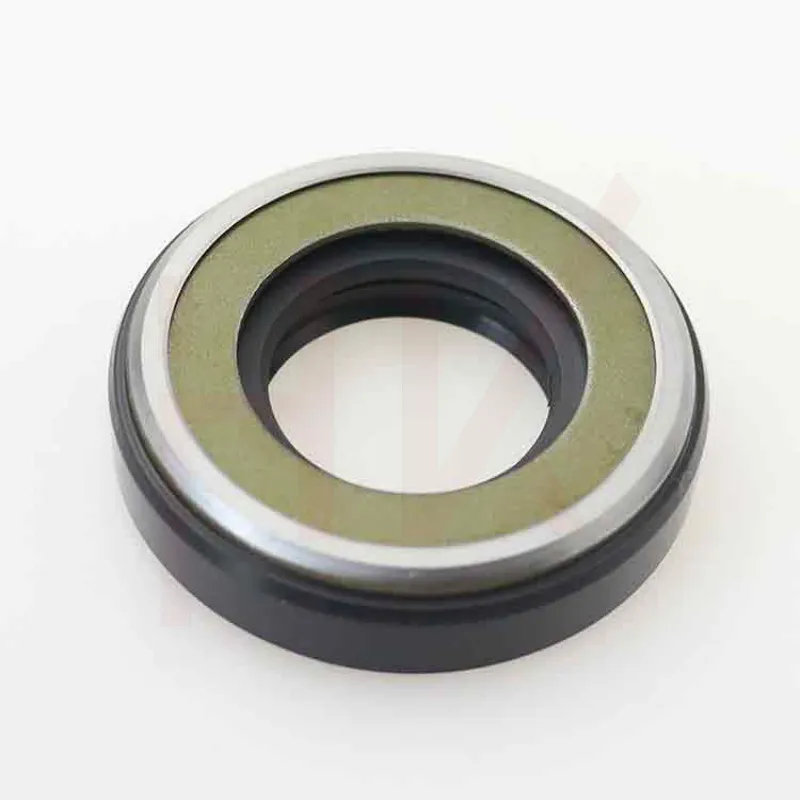stu . 10, 2024 18:57 Back to list
Hydraulic Cylinder Dust Seals for Enhanced Performance and Longevity in Machinery
Understanding Hydraulic Cylinder Dust Seals Importance, Types, and Maintenance
Hydraulic cylinders are essential components in many industrial and machinery applications, providing the force needed to move heavy loads and perform various functions. However, the efficiency and longevity of hydraulic cylinders can be severely compromised by dust and contaminants. This is where hydraulic cylinder dust seals play a crucial role.
The Importance of Dust Seals
Dust seals protect hydraulic cylinders from external contaminants, including dirt, dust, moisture, and debris that can infiltrate the cylinder and damage the internal components. Without proper sealing, particles can cause abrasion, leading to wear and tear on critical components such as pistons, rods, and seals. This not only diminishes the performance of the hydraulic system but can also lead to costly repairs and downtime.
Moreover, hydraulic fluid leakage can occur if dust seals are compromised, resulting in reduced efficiency and increased operational costs. Thus, investing in high-quality dust seals is essential for maintaining the performance and lifespan of hydraulic cylinders, ensuring that machinery operates smoothly and reliably.
Types of Hydraulic Cylinder Dust Seals
There are several types of dust seals used in hydraulic cylinders, and each is designed for specific applications and conditions. Some of the most common types include
1. Lip Seals These are the most widely used dust seals, characterized by a flexible lip that creates a tight seal against the cylinder rod. They are effective in preventing dirt and dust particles from entering the cylinder while allowing smooth movement.
2. Wiper Seals Often used in conjunction with lip seals, wiper seals are designed to remove contaminants from the rod before they can enter the cylinder. They act as the first line of defense, ensuring that debris is wiped away as the rod extends and retracts.
3. O-Rings These circular seals are used in various applications to prevent fluid leaks and protect against contamination. O-rings can be made from a variety of materials, allowing for customization according to the specific requirements of the hydraulic system.
hydraulic cylinder dust seal

4. Polymer Seals Increasingly popular due to their durability and resistance to a wide range of chemicals, polymer seals provide excellent protection against dust and moisture. They can withstand extreme temperatures and pressures, making them suitable for demanding environments.
Maintenance of Hydraulic Cylinder Dust Seals
To ensure the longevity and effectiveness of hydraulic cylinder dust seals, proper maintenance is vital. Here are some best practices
1. Regular Inspection Periodically check the condition of dust seals for signs of wear or damage. Look for cracks, tears, or deformation, which can indicate that the seal needs replacement.
2. Cleaning Keep the area around the hydraulic cylinder clean. Regularly remove dirt and debris that may accumulate on the seals. Use a soft cloth or brush to clean the rod and seals without causing damage.
3. Lubrication Apply appropriate lubricants to the seals and rods as specified by the manufacturer. This helps reduce friction and wear, extending the life of the seals.
4. Environmental Control If possible, keep hydraulic systems in controlled environments where dust and contaminants are minimized. This can significantly reduce the load on dust seals and enhance their performance.
5. Prompt Replacement When dust seals show signs of wear, replace them immediately to avoid further damage to the hydraulic cylinder. Timely replacement can prevent extensive repairs and ensure system efficiency.
Conclusion
Hydraulic cylinder dust seals are indispensable components that protect hydraulic systems from external contaminants. Understanding the various types of dust seals and their maintenance is essential for any operator or technician working with hydraulic cylinders. By investing in quality seals and adhering to maintenance practices, you can enhance the performance and longevity of hydraulic cylinders, ensuring optimal operation in various applications.
-
The Trans-formative Journey of Wheel Hub Oil Seals
NewsJun.06,2025
-
Graphene-Enhanced Oil Seals: Revolutionizing High-Pressure Oil Sealing
NewsJun.06,2025
-
Future of Hydraulic Sealing: Advanced Intelligent TCN Oil Seals
NewsJun.06,2025
-
Don’t Let a Broken TCV Oil Seal Ruin Your Day
NewsJun.06,2025
-
Bio-Inspired Dust Seals for Better Sealing Performance
NewsJun.06,2025
-
Biodegradable and Sustainable Hydraulic Seal Materials
NewsJun.06,2025
-
Top Oil Seal Solutions for Your Industrial Needs
NewsMay.22,2025
Products categories
















